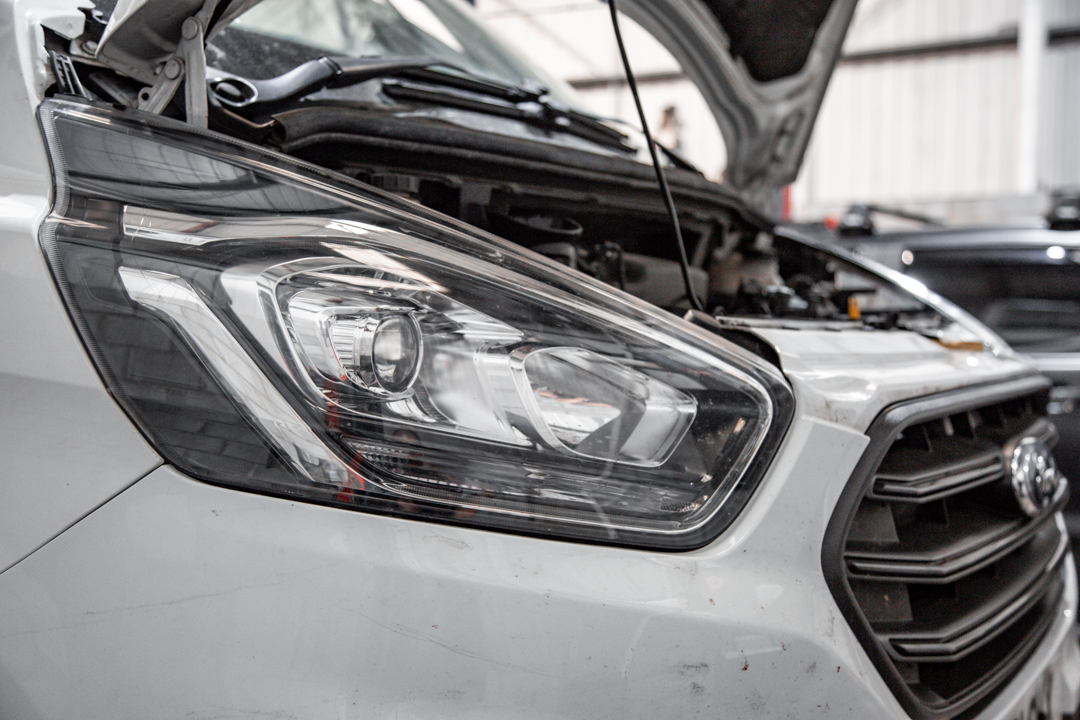

Timing is Everything: When and Why You Should Replace the Wet Belt on Your Ford Transit
For fleet owners and managers, ensuring the reliability and longevity of your Ford Transit vehicles is paramount. One critical component that requires close attention is the wet belt, also known as the oil-immersed timing belt. This belt plays a vital role in the engine’s operation, and its failure can lead to severe consequences. In this blog, we’ll discuss when and why you should replace the wet belt on your Ford Transit to keep your fleet running smoothly and avoid costly repairs.
Recommended Replacement Intervals
Understanding when to replace the wet belt is essential for maintaining your Transit’s performance and avoiding unexpected breakdowns. Ford typically recommends replacing the wet belt at around 100,000 miles or 8 years, whichever comes first. However, this interval can vary depending on driving conditions and maintenance practices. Regularly checking your vehicle’s maintenance manual and consulting with a trusted mechanic can help you determine the best schedule for your specific fleet.
Consequences of Ignoring Replacement
Failing to replace the wet belt at the recommended intervals can lead to catastrophic engine damage. The wet belt synchronises the engine’s camshaft and crankshaft, ensuring proper timing for valve operation and fuel injection. When the wet belt fails, this synchronisation is lost, which can result in bent valves, damaged pistons, and even complete engine failure. The repair costs for such damage are substantial, often exceeding the expense of timely belt replacement.
Signs You Need a Replacement
Recognising the signs that your wet belt needs replacement can prevent serious issues. Common symptoms of a failing wet belt include:
- Unusual Engine Noises: Squeaking, whining, or rattling sounds coming from the engine compartment.
- Difficulty Starting the Engine: If your Transit struggles to start or stalls frequently, the wet belt could be the culprit.
- Engine Misfires: Irregular engine performance and misfires can indicate timing issues related to the wet belt.
- Oil Contamination: Visible oil contamination on the belt or in the engine compartment is a clear sign of trouble.
If you notice any of these symptoms, it’s crucial to have your Transit inspected by a professional immediately.
Cost Breakdown
The cost of replacing the wet belt on a Ford Transit starts from £1100+VAT. This price includes all genuine parts: timing cover and sealant, timing belt, water pump, oil pump belt, oil, oil filter, tensioner, strainer, auxiliary belts, sump, and coolant. While this might seem like a significant expense, it is a worthwhile investment compared to the potential costs of engine repairs due to a failed belt.
Customer Testimonials
We’ve had several fleet owners share their positive experiences with timely wet belt replacements. One customer, who operates a fleet of delivery vans, noted that after replacing the wet belts as part of their regular maintenance, they saw a marked improvement in vehicle reliability and a reduction in unexpected breakdowns. Another customer reported that their proactive approach saved them thousands of pounds in potential repair costs and kept their delivery schedules on track.
When should you change the wet belt on a Ford Transit?
Ford recommends changing the wet belt at around 100,000 miles or 8 years, but this can vary based on driving conditions and maintenance practices. Regular inspections and consultations with a mechanic can help determine the best replacement schedule for your fleet.
What happens when the wet belt breaks?
When the wet belt breaks, the engine’s timing components lose synchronisation, leading to potential damage to the pistons, valves, and other critical parts. This can result in extensive and costly repairs, as well as significant vehicle downtime.
Timing is indeed everything when it comes to maintaining your Ford Transit’s wet belt. By adhering to recommended replacement intervals, staying vigilant for signs of wear, and investing in timely replacements, you can ensure the longevity and reliability of your fleet. Don’t wait for a breakdown to take action—schedule your wet belt replacement today and keep your Transits running smoothly. Our experienced team is ready to provide professional service and peace of mind for your business.
Contact us now:
📞 Phone: 01480 759004
📧 Email: info@thecaredition.co.uk
🌐 Website: www.thecaredition.co.uk
📍The Car Edition, Unit 4 -5 Cinch storage, St Margarets Way, Huntingdon PE29 6EB
Categories
- Automotive Tech (13)
- Industry News and Trends (22)
- Maintenance Tips (38)
- Uncategorized (9)
- Used Car Buying Guide (9)
Recent Posts
About us

Welcome to our Blog, where we fuel your passion for cars with expert insights, helpful tips, and a community-driven approach to automotive excellence.
Popular Tags
Related posts


Custom Star Light and LED Installations at The Car Edition

The Cost of Neglect: What Happens When the Wet Belt Breaks on a Ford Transit?







